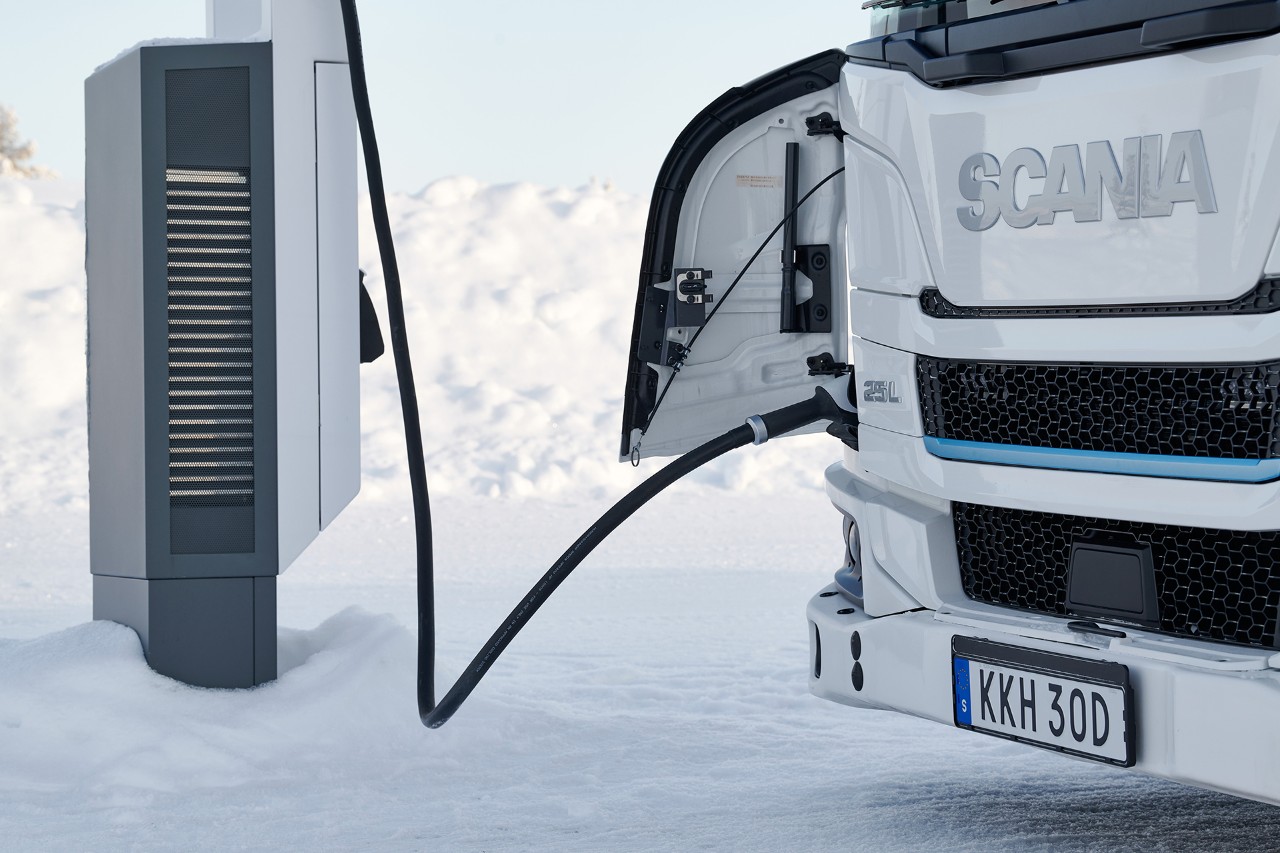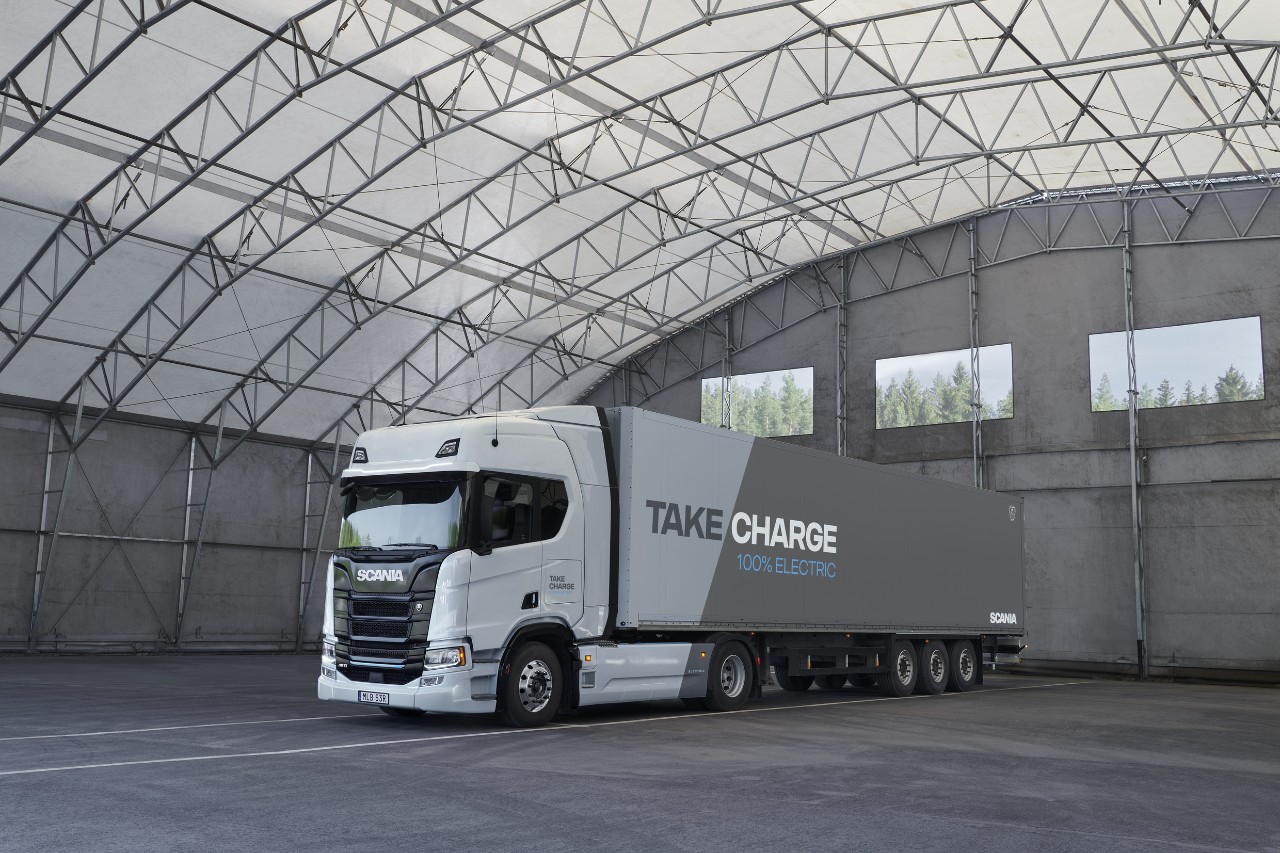
First 5 steps on your electrification journey
Are you considering battery electric trucks for your operations? Curious about how to start your electrification journey? This five-step guide will help you take the first steps.
As interest in electric heavy transport grows, many hauliers are discovering that electrification involves unique challenges. The truck itself is just one part of the equation. Factors like charging infrastructure, energy supply, and operational planning can often seem more complex.
“But don’t let that hold you back from exploring the potential of electrifying your fleet. The key is to approach it step by step,” says Joel Lundgren, e-Mobility transition expert at Scania.
Here are Lundgren’s five steps to help hauliers begin their electrification journey.
Step 1: Analyse your current operation
Nothing provides clearer insights into the potential for electrification than real data from your vehicles. That’s why the first step in electrification is a detailed analysis of your existing fleet.
With Scania’s in-house analysis tools, our team examines critical factors such as routes, driver behaviour, daily distances, charging locations, and natural downtime periods like breaks or overnight stops.
The analysis also includes payloads and road conditions, such as topography. “Hilly terrains can even be an advantage if managed strategically, using regenerative braking downhill,” says Lundgren.
Step 2: Prioritise the easiest wins
The next step narrows the analysis to specific transport flows that are most suitable for electrification. Priority is often given to flows where trucks can charge at a home depot or during natural downtime, providing a practical starting point for electrification while minimising disruption to operations.
Step 2 also typically includes an initial discussion on potential vehicle specifications, as different configurations of battery size and power rating can significantly impact charging needs.
“In this step, we identify which flows can be electrified immediately and which might be interesting to consider in the future. Previously, we focused mainly on repetitive and predictable routes, but with Scania’s broader and more flexible portfolio, we can now electrify nearly all routes,” says Lundgren.
Step 3: Analyse your charging needs
With your transport flows identified and prioritised, the next step is to analyse your fleet's charging needs. Scania’s team, including key partners such as Erinion, works to determine where, when, and how much charging is required, always balancing costs and operational efficiency.
“This includes assessing grid capacity and planning for future needs to ensure the infrastructure is scalable, reliable, and cost-efficient,” says Lundgren.
Depot and destination charging are often the most effective solutions, aligning with natural breaks, such as downtime during loading and unloading or overnight stops, when electricity rates are typically lower.
Top-up charging during the day might not be needed as much as many drivers think, Lundgren notes. “Often, no top-up charge is needed at all, or just one during the day is enough. Many customers are surprised at how far they can drive with a partial charge and how rarely they need to fully recharge.”
Step 4: Plan your investment and roll-out
With routes, charging needs, and the right truck identified, the next step is to create a tailored solution that works from day one and scales with your business. Scania offers a turn-key approach, combining vehicle specifications, charging infrastructure, and financing into one comprehensive plan.
“Our team also helps you navigate financial arrangements and identify relevant grants or incentives, including governmental support that might be applicable to your operation,” says Lundgren.
The final plan also includes everything from repair and maintenance contracts to insurance and selected digital services, aimed at maximising uptime, energy efficiency, and total operating economy.
Step 5: Begin your electrification journey
With the delivery plan finalised, the final and most exciting phase begins: the start of your electrification journey.
For the first truck, Scania’s team provides comprehensive training to help drivers and operators understand the key differences from diesel trucks and how to maximise the benefits of electric driving.
“Some things differ, and it’s important to know how to make the most of this new technology,” says Lundgren.
Even after the handover, Scania’s team remains available for support.
“Whether you have questions about operations, routes, or charging, our experts are just a phone call away. The journey doesn’t end here – it’s the beginning of a long-term partnership,” says Lundgren.
Read more

Charging
We help you find the right charging solution for your specific need.
